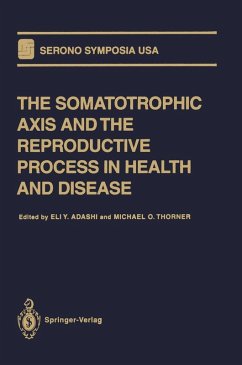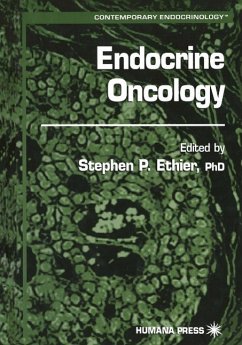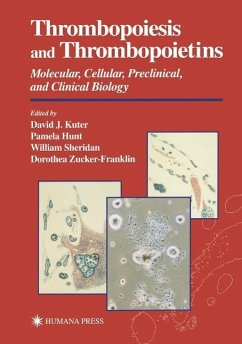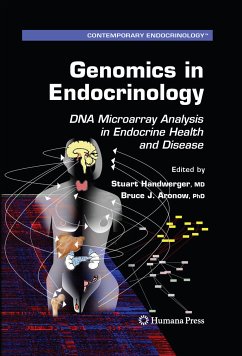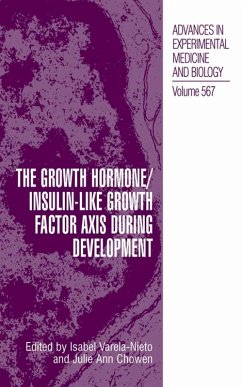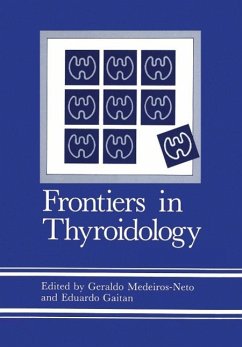
The Leydig Cell in Health and Disease (eBook, PDF)
Versandkostenfrei!
Sofort per Download lieferbar
112,95 €
inkl. MwSt.
Weitere Ausgaben:

PAYBACK Punkte
56 °P sammeln!
Nearly ten years after they published the first book devoted entirely to the Leydig cell, Matthew Hardy and Anita Payne have collaborated again to provide a comprehensive study of this fascinating and important cell type. The Leydig Cell in Health and Disease presents all of the developments in our understanding of Leydig cell biology and explores a wide variety of current and potential clinical applications. All aspects of Leydig cell biology, development, regulation, and physiology are explored in thirty-one expertly written chapters. The Leydig Cell in Health and Disease explores topics of ...
Nearly ten years after they published the first book devoted entirely to the Leydig cell, Matthew Hardy and Anita Payne have collaborated again to provide a comprehensive study of this fascinating and important cell type. The Leydig Cell in Health and Disease presents all of the developments in our understanding of Leydig cell biology and explores a wide variety of current and potential clinical applications. All aspects of Leydig cell biology, development, regulation, and physiology are explored in thirty-one expertly written chapters. The Leydig Cell in Health and Disease explores topics of great interest to the private sector, including the possible application of steroidogenesis discoveries to androgen synthesis or suppressing Leydig cell function as a key mechnanism in the development of a male contraceptive. This in-depth volume is an invaluable resource for information on the science and application of Leydig cell biology and function.
Dieser Download kann aus rechtlichen Gründen nur mit Rechnungsadresse in A, B, BG, CY, CZ, D, DK, EW, E, FIN, F, GR, HR, H, IRL, I, LT, L, LR, M, NL, PL, P, R, S, SLO, SK ausgeliefert werden.




